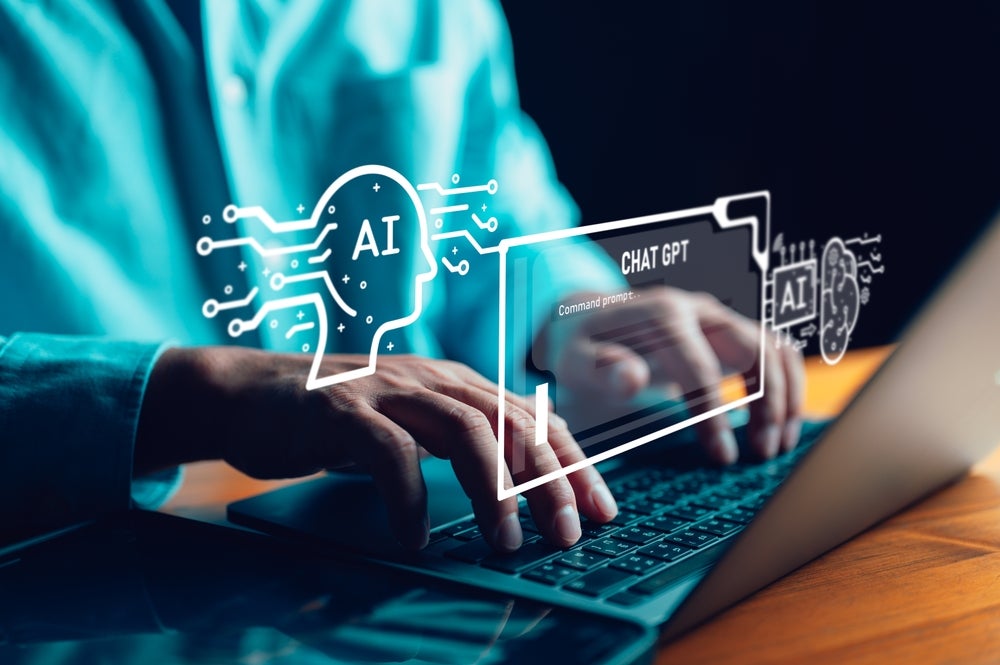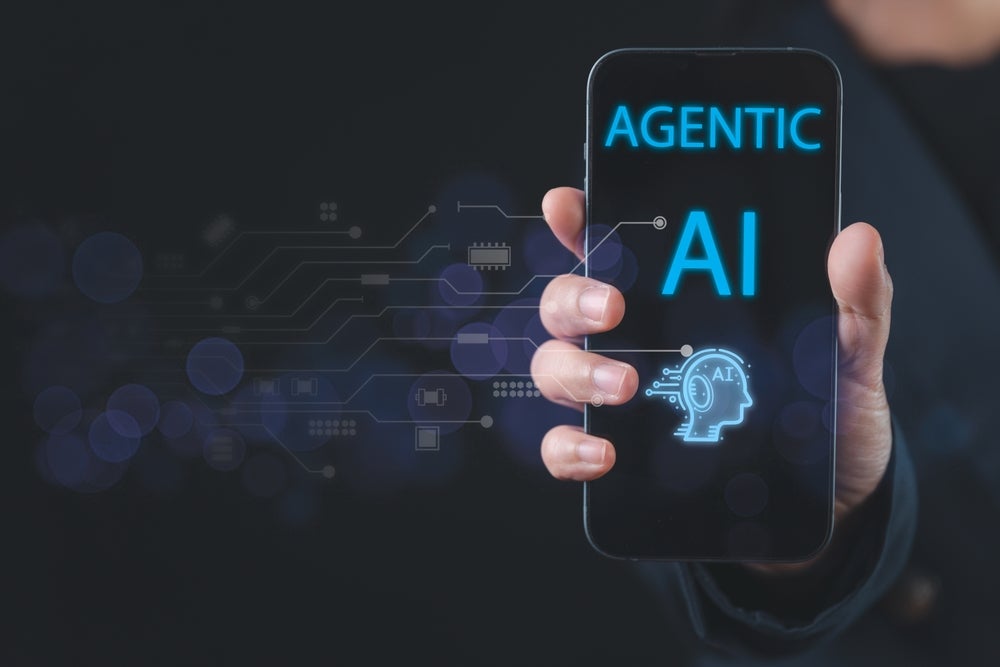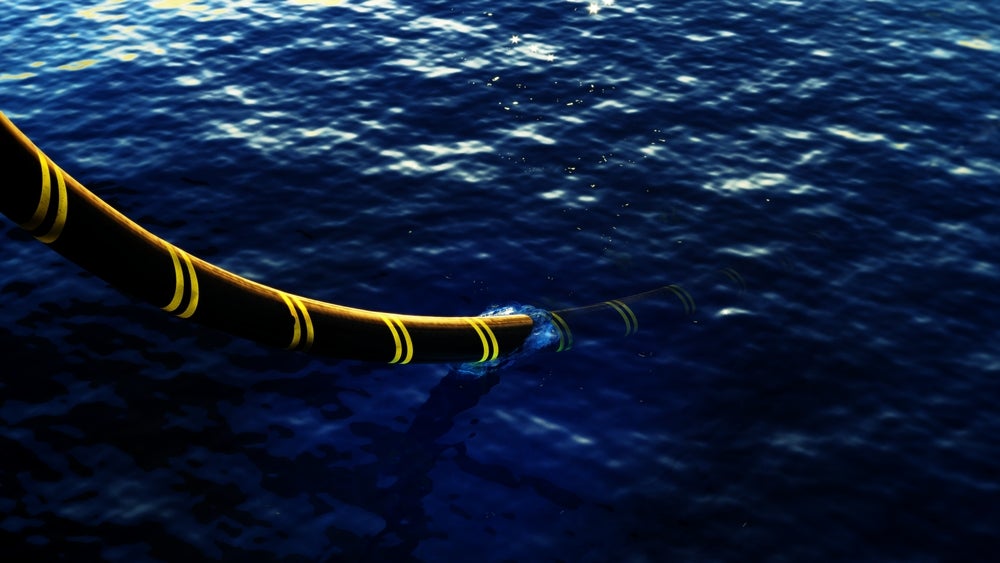NVIDIA has filed a patent for a method that uses cached sensor data and ego-motion of a vehicle to reconstruct the area under the vehicle in real time. The method involves generating a local map of the ground using image data captured by cameras, updating the representation of the ground based on the local map, and virtually reconstructing the area under the vehicle by retrieving the corresponding portion of the representation of the ground. GlobalData’s report on NVIDIA gives a 360-degree view of the company including its patenting strategy. Buy the report here.

Access deeper industry intelligence
Experience unmatched clarity with a single platform that combines unique data, AI, and human expertise.
According to GlobalData’s company profile on NVIDIA, Variational Autoencoders (VAEs) was a key innovation area identified from patents. NVIDIA's grant share as of September 2023 was 53%. Grant share is based on the ratio of number of grants to total number of patents.
Real-time reconstruction of under vehicle area using cached sensor data
A recently filed patent (Publication Number: US20230316772A1) describes a method for generating a local map of the ground plane in the environment surrounding an ego-object, such as an autonomous or semi-autonomous machine. The method involves using image data captured by one or more cameras of the ego-object during a specific time period to create the local map. The local map is then updated to improve the representation of the ground plane. Additionally, the patent describes virtually reconstructing the area of the ground plane under the ego-object based on the retrieved portion of the representation of the ground plane.
The method includes various techniques to enhance the accuracy and efficiency of the local map generation. For example, the local map can be oriented in the direction corresponding to the ego-motion of the ego-object, providing a more accurate representation of the observed portion of the ground plane. The method also allows for the omission of color values of pixels that do not belong to a segmented navigable space, reducing unnecessary data in the local map. The dimension of the local map can be determined based on the speed of the ego-object, ensuring an appropriate size for the representation.
The patent also discusses the use of a composite map to represent the ground plane. The composite map is updated by merging the local map into a composite representation of local maps generated during previous time slices. The updating process can be limited to a designated number of time slices, optimizing the efficiency of the composite map.
Furthermore, the patent describes the texturization of the area under the ego-object by assigning color values to cells in a grid based on the corresponding pixels of the representation of the ground plane. This enhances the visual representation of the reconstructed area.
The patent also mentions that the method can be performed by various systems, including control systems for autonomous or semi-autonomous machines, perception systems, simulation systems, digital twin systems, and more. It can be implemented using edge devices, robots, virtual machines, data centers, or cloud computing resources.
In summary, the filed patent presents a method for generating a local map of the ground plane and virtually reconstructing the area under an ego-object based on image data. The method includes techniques to improve accuracy, efficiency, and visual representation. It can be applied in various systems and environments, making it versatile and adaptable for different applications.
To know more about GlobalData’s detailed insights on NVIDIA, buy the report here.
Data Insights
From

The gold standard of business intelligence.
Blending expert knowledge with cutting-edge technology, GlobalData’s unrivalled proprietary data will enable you to decode what’s happening in your market. You can make better informed decisions and gain a future-proof advantage over your competitors.







